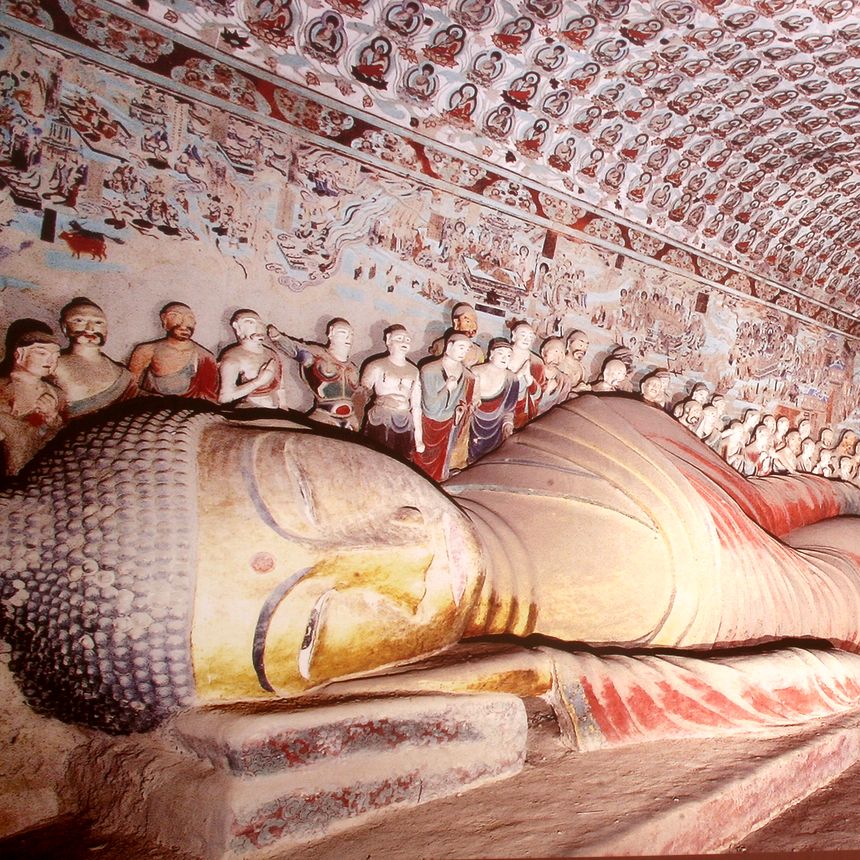The figures here are about one tenth the size of the famous Terracotta warriors and the numbers of forced labour involved (170,000 slaves) were one sixth those involved in the earlier tomb’s creation. But the concept is essentially the same, to take your slice of life (“Yang”) into the afterlife (“Ying”). The small clay figurines, while obviously not a match to the stunning Terracotta warriors, are acts of mercy in their existence, in that the Han decided to follow the example of the Qin dynasty in burying representations rather than live humans, as their predecessors had. Of the 82 pits, less than twenty have been excavated, but the result of what has been excavated is fascinating. The pits are divided into different administrative spheres of life, at least life as a Han Emperor sees it. There are pits for textiles, palace ladies, eunuchs, prayer, transportation, criminals (interesting that he felt these needed to come, but I suppose without this ying…), several pits related to food in its various stages of preparation – live animals, cut up meat, charcoaled meat as well as stores of grain and animals.
In the museum you can also find some examples of royal and military fashions, a detailed breakdown of officialdom’s roles, and the responsibilities assigned to each. Roles documented start with national government, covering ministers for domestic affairs, military and security. On a local government level were roles for criminal justice, officer recruitment, minority affairs, religious affairs and taxation. China’s reputation for bureaucracy isn’t based on its recent habits it seems.
This blog is part of an Off-The-Beaten-Track Travel Diary. Click on the link below to navigate through this journey.
